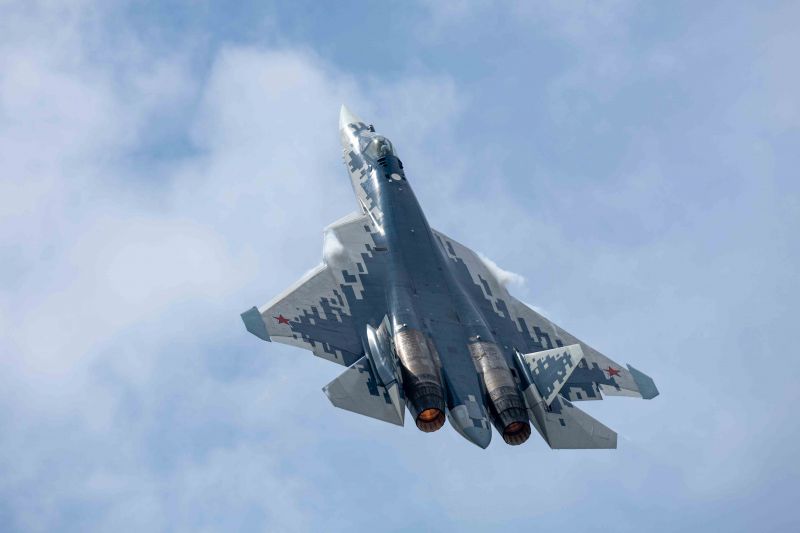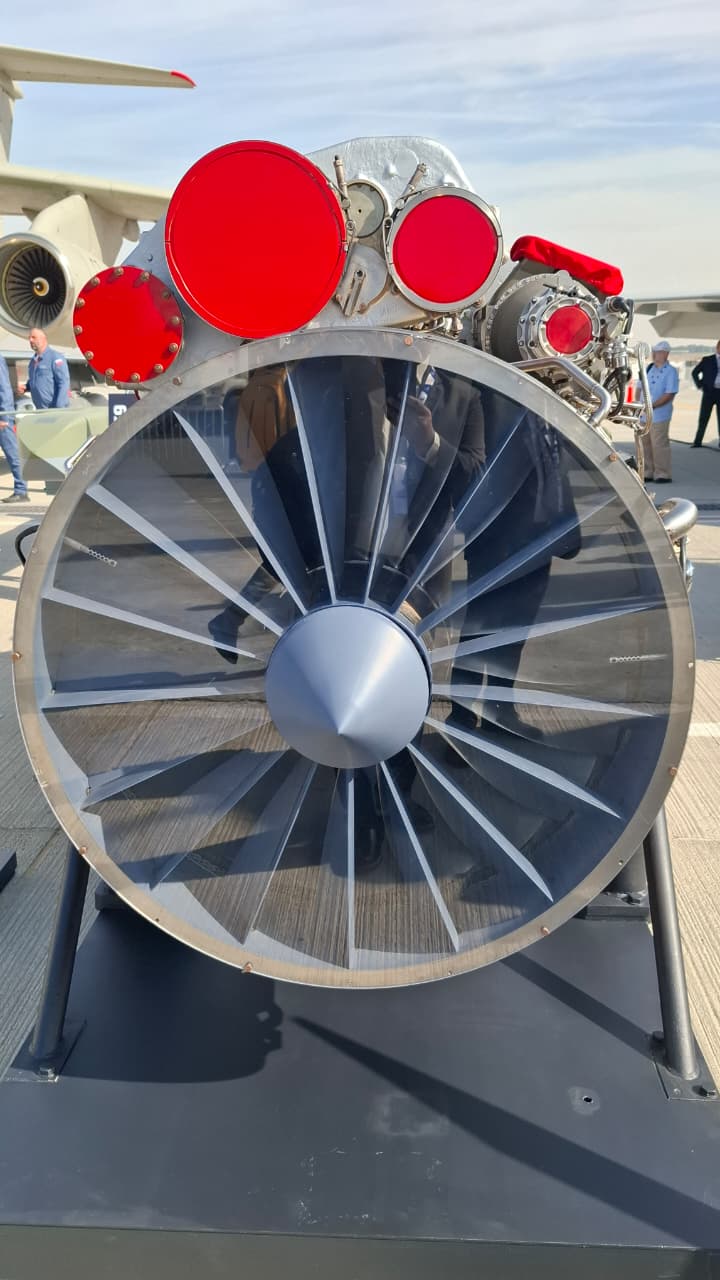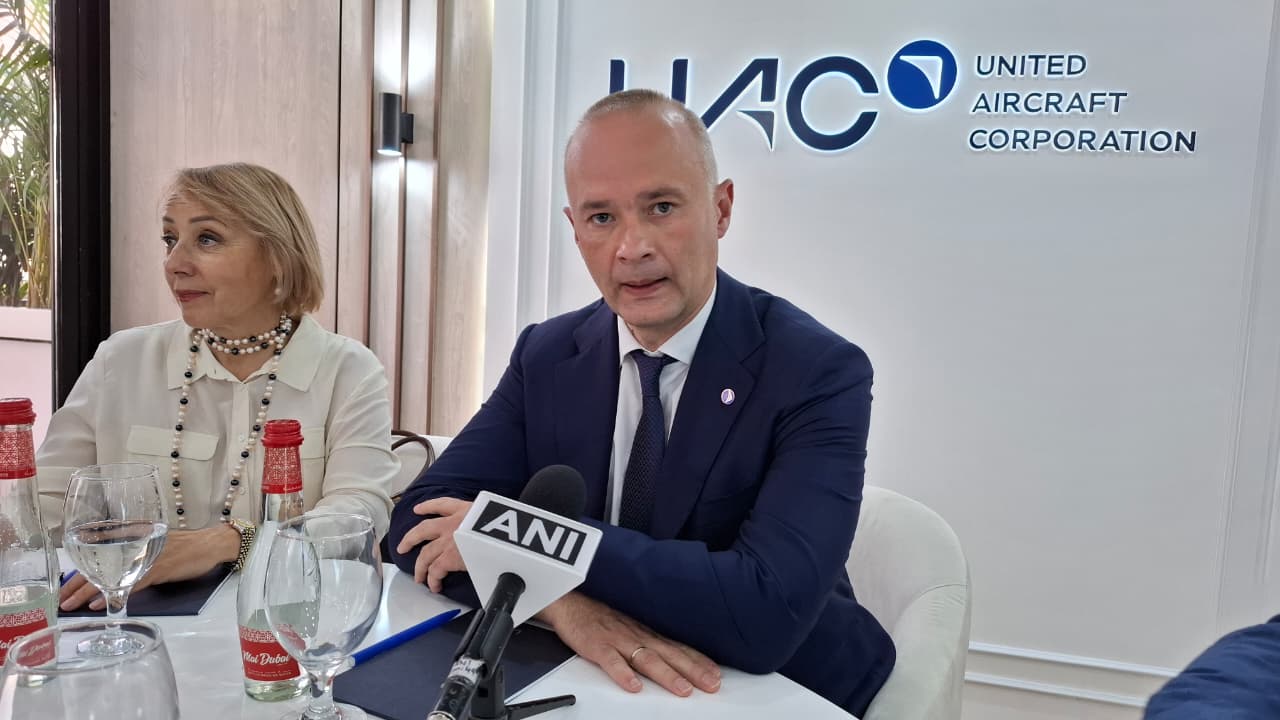Is Indo-Russian Aviation Ecosystem Possible?

By Rohit Srivastava
Since the Aero India 2025, at Bengaluru, where Russia offered its Su-57 stealth fighter with full technical cooperation, the buzz in the Indo-Russian military partnership is back. The proposal was followed up with last month’s MoU between HAL and UAC on manufacturing partnership for Sukhoi Superjet (SJ-100), a civil aircraft partnership first of its kind in India.
India has license produced a over 500 Russian fighters over five decades starting with MiG-21 on 1970s till date with Su-30MKI. India has achieved almost 80 per cent localization of various Russian fighters and helicopters. This has been the unsurpassable achievement of the special and privileged strategic partnership between the two nations. Only Russia – China partnership comes closer to such deep technical cooperation between any two nations. Even US has never allowed such level of localization of its strategic equipment with even five eye nations.
With the MoU on SJ-100 HAL for the first time manufacture a full-fledged civil aviation aircraft. In the past HAL was manufacturing Dornier Do-228 and Avro HS 748 but both are transport aircraft not civilian jets.
Russian Offer
While speaking to a selected group of reporters Vadim Badekha, General Director, United Aircraft Corporation, at the last week’s Dubai airshow, explained the Russian vision on cooperation with India on aviation. He put forward the Russian willingness to carry forward the historic partnership with India through Su-57 and SJ-100 projects.
On the Russian offer on Su-57 Badekha said, “We will have pleasure to share very deep partnership (on Su57). The key idea of this project is not to give India just the aircraft, but to provide the technologies of 5th generation to India.”
“Currently, I would like to say we are at the technical consultation with the Indian side. It is the Indian side that will make the decision,” He added.
On the Indian industrial partner for the execution of the project, the top executive of UAC opines that it is India’s prerogative to chose the company to execute the project, but from UAC side, the long partnership with HAL corporation which has proven competence and has been manufacturing Su-30MKI for past decades and there are similarities between the aircraft that will be advantageous to HAL in project execution.
“Implementation at HAL will reduce the budget for the project,” he said.
Speaking on the twin seat version and India specific modification, Badekha said, “If we go back to Su-30 programme we can see the depth of cooperation is quite serious. Considering our cooperation, we are considering production and design of (sub)systems like avionics. For us this is not just selling but of deep technical partnership for many years.”
Speaking on the engine for the stealth fighter, he said, “Su-57 is equipped with the Al-41 engine and is performing combat missions. The high reliability of Al-41 engine is its main advantage. This is a deep modernization of Al-31 engine which powers Su-30. It is very easy for Indian enterprises to switch from Al-31 manufacturing to Al-41. It is quite an easy process.”
Speaking further, he informed that the second phase of engine for the stealth fighter is on and the replacement for Al-41 is 177S which is presented at the show. “It is in the final phase of development and it will be the Indian side who will either take this engine or replace the previous engine phase wise. 177S has all the features required for the Indian side,” Badekha said. He offered India to manufacture 177S at Indian facility.

Discussing the continuous development of Su-57 capabilities based on experience from ongoing special military operation (Ukraine Conflict), he believes that Su-57, designed for air dominance, “comes with open architecture which gives the possibility to enhance the capabilities of the aircraft” and will remain relevant for next four decades.
Explaining the relation between the upcoming Su-75 and Su-57, he informed that Checkmate is a sort of addition to Su-57 which might be presented in two versions – piloted and unmanned. Russia is currently manufacturing both kinds. Russia considers the combat capability of Su-75 comparable to 6th generation fighter.
Civilian Jet Offer
Calling Sukhoi Super jet a mature aircraft, Badekha discussed the transition from imported to Russian components and the ongoing certification of the SJ-100. He informed that the initial aircraft manufactured by Russia with foreign components are comparable to Boeing and Airbus jets. “We are currently completing the replacement of imported component by the Russian and are currently undergoing certification flights. I would like to add that over half of the certification flights are completed,” he said.
“Our Russian components are surpassing or equal to foreign parts. We would like to exercise the same approach of combat aircraft with Indian side. In this project we would like to have same level of localization. Some elements designed by Indian side might be incorporated in this commercial aircraft,” he added.
Indo-Russia Aviation Ecosystem
The relevance of the Indo-Russian defence partnership is not in weapons sales or license manufacturing but the strategic freedom, cooperation and strength that it provides to both nations. For the first time it appears that India and Russia have opportunity to simultaneously cooperate on both civil and military aviation. Since 1970s, Indian requirement in military aviation was one of the largest in the developing world and was supported by USSR/Russia but the opportunity in passenger jets, which emerged in last 20 years are being fulfilled by Boeing and Airbus. Although SJ-100 may not be the answer to all long-haul or wide body passenger jets but is certainly perfectly suitable for Indian regional market and south Asian market. Some analysts have estimated a demand for 200 such passenger aircraft in India and 300+ in South and South East and West Asia.
India can become a manufacturing, maintenance hub for SJ-100 for beyond Indian market. Indian industrial capacity and human resources can be utilized to develop a BrahMos model for civil aviation. In future India-Russia can jointly develop long-haul passenger jets. Indian airlines have ordered over 1500 aircraft and with India developing over 30 greenfield airports, one can assume Indian market will expand further. For make in India this is a huge untapped market.
Similarly, the shrinking Indian fighter squadron is a challenge for government. US supplied engines are the main bottle neck for indigenous fighters. The offer for Su-57 is the best possible offer and it comes with trust of five decades of strategic technological sharing. The fifth-generation fighter is the must have before world moves to 6th generation. It would be impossible to move to 6th gen without 5th gen experience for Indian Air Force. In the time of rapidly changing technologies, India cannot afford to be lagging two generations behind other major powers.
India-Russia can develop industrial ecosystem for aviation where together two nations can develop 6th gen fighters and next gen civilian jets. This ecosystem can be the solution to many of the challenges faced by the two strategic partners.





